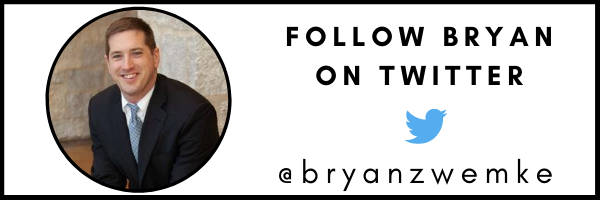TL;DR:
- Go live to communicate with stakeholders by matching the platform of your audience, having a plan, and promoting your event.
- Promote your event by sharing what the topic is and who the guests are.
- Share a live teaser shortly before the event begins to engage your audience.
Be Available for Questions – Go Live
It is important for school leaders to be available to answer questions for stakeholders. School leaders can create frequently asked questions documents, answer emails and phone calls, and should engage on social media. School leaders should “go live” with their stakeholder groups in a consistent way one to two times a month. This allows groups to ask questions and engage.
It is important for school leaders to be available to answer questions for stakeholders. School leaders can create frequently asked questions documents, answer emails and phone calls, and should engage on social media. Share on XTip #1 for Going Live: Match the Platform to Your Audience
Knowing your audience is important to increase engagement and reach. If a school leader or school district is trying to reach students, going live on Instagram is a better choice than Facebook. Conversely, if you are trying to reach parents, Facebook is a better choice.
The engagement rate is a metric often used in analyzing the efficacy of brand campaigns. People who spend time interacting with videos, updates, and blogs have a high engagement rate. Engagement rates also have subset measurements like “sharing metrics” which highlight the impact of your word of mouth marketing. For Facebook, reactions, clicks, comments, and shares make up engagement rates.
Tip #2 for Going Live: Have a Plan and Vary Your Guests
The majority of posts schools share are about extra-curricular activities or announcements of logistics. This is usually dates and times of events and largely fluff. Posts related to instruction are sparse at best. However, they are needed to help tell your narrative about engaging instruction, hard-working teachers, and student learning.
Work as an administrative team or along with your communication director to develop a plan to stay connected with your community and stakeholders. For example, a school leader can set up live sessions with the Superintendent, Department Chairs, counselors, teachers, and students. These sessions can be used to talk about instruction, as well as what school and learning look like.
[scroll down to keep reading]Tip #3 for Going Live: Promote Your Event and Follow Through
There is nothing worse than going live to a group of three parents or students. Schools should be aware that your first few times in digital space may be a small audience at first until you create that following.
Further, don’t be discouraged by the number of people engaged in your live. Instead, recognize that your reach includes comments and the number of views. In order to drive your numbers up, use social media platforms to promote your event, what the topic is, and who the guests are. I recommend doing this 2-4 days before the event along with a live teaser shortly before the event begins.
After the event is over and you are reviewing comments, take time to answer questions in the comment section as the live is archived for others. If a topic or a question calls for it, invite the user for a phone call or a meeting at your school.
What was once a one-way directed form of communication between school and home, now exists in new and innovative ways. It now involves more than the teacher to home or school principal to home.
About Bryan Zwemke
Dr. Bryan Zwemke is a High School Principal in Illinois. He is an active member of multiple educational organizations, including being a guest blogger for the Teach Better Team, sharing his insight on supporting the entire ecosystem that exists in every school building. Bryan completed his qualitative research on building a school system’s social capital through social media. Through his work in this area, Bryan continues to partner with districts to show schools the power of sharing their story through a strategic framework and empowering staff and students to share their voice.



